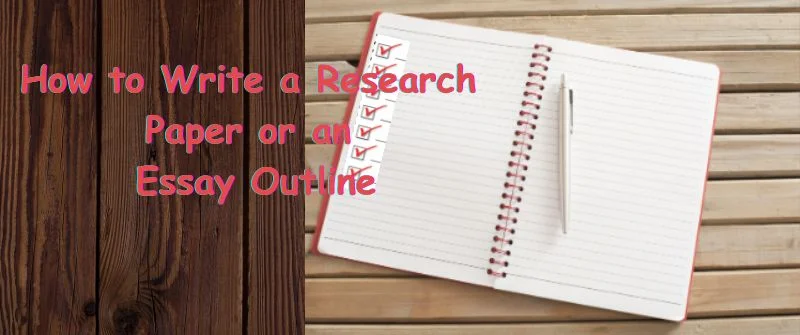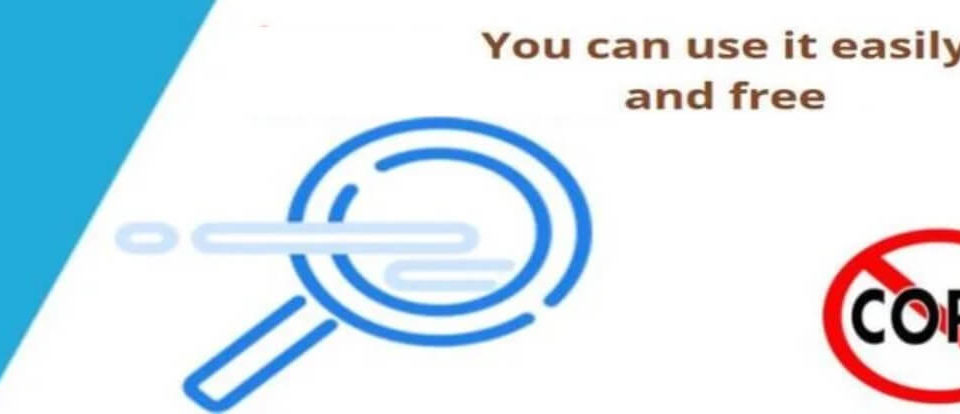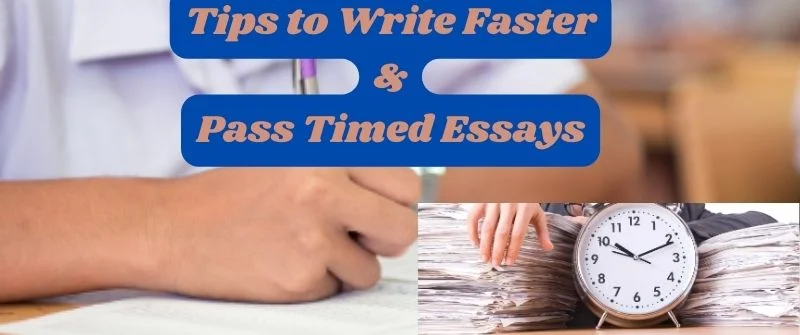How to Start a Paragraph in an Essay: Introduction or Body
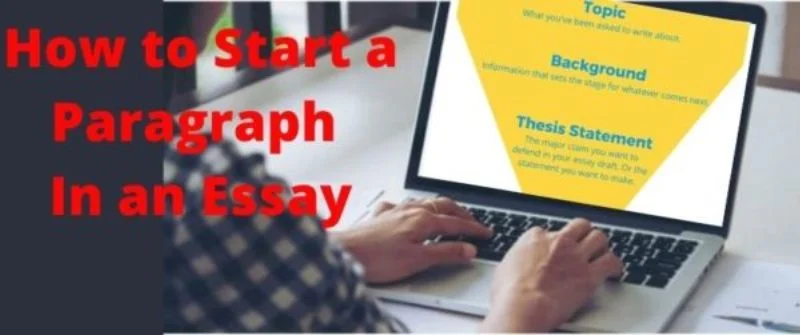
Essays come in handy when the author presents an idea or initiates a debate concerning a particular subject. Students should follow a specific format when writing an essay introduction and conclusion. They should obey certain rules to let the ideas flow in a structured manner.
In this article, we will be guiding you on how to write better start paragraphs in your essay writing. The attached tips will simplify your work. We drive our knowledge from a team of expert essay writers who have offered us their expertise based on their years of knowledge.
Based on that wealth of information, we wrote a comprehensive guide on how to write and format essays that you can read and gather more insight to score good grades in essays.
Need Help with your Homework or Essays?
How to Start a Paragraph in an Essay
A start paragraph uses transition words to show the relationship between varying ideas. One can use transition phrases at the beginning of a sentence and excitingly conclude the argument.
These transitions will help the author improve the writing by helping one to explain the connection between the two sentences.
One can start a new paragraph in an essay by using useful linking words. They play a pivotal role in linking what you said in the previous sentences. We refer to these link words as signposts as they assist the reader in knowing where each point begins and ends.
Why you need Good Paragraph Starters
One must use good paragraph starters to grab the reader’s attention. That is the only chance for the writer to make the first impression.
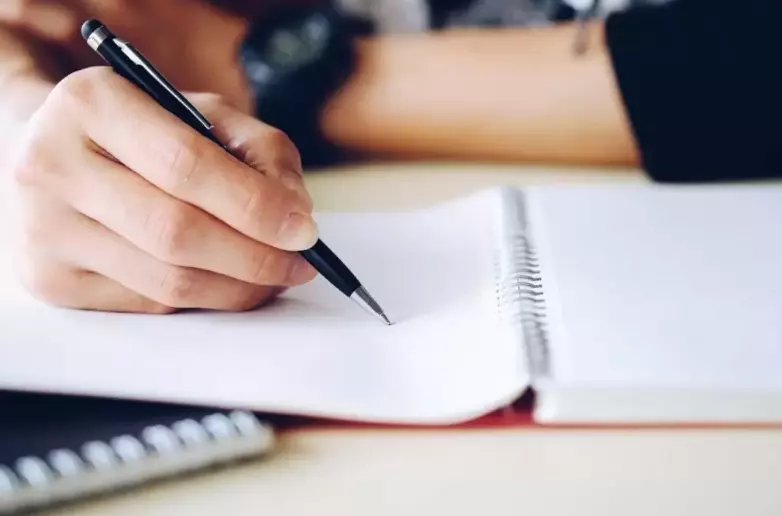
Ensure you empress the audience from the onset of the first sentence.
Such an approach works whether you are writing a narrative or an informational essay.
Here are other reasons why the writer needs good paragraph starters:
1. To Introduce a New Idea
One needs to know how to introduce sentence starters when you are writing the paragraphs.
Such words are useful when you opt to introduce a new idea to the reader. Several tons of words exit when you want to achieve that purpose. Examples of such phrases are; Here, we will be discussing, in this write-up, etc.
2. For Comparing and Contrasting
One should use transitional phrases or starter sentences if one want to compare and contrast to suit your purpose. It can be an effective approach to enabling the reader to compare and contrast ideas.
Some of the phrases in this category are; Similar, in the same manner, however, etc.
3. Adding Ideas in your Context
The author should use transitions when explaining steps in a given procedure. An example could be when you give a procedure of completing a specific recipe for a certain delicacy. Such words could be then, next, or another essential step.
4. Time /Sequence
When you are narrating an event that happened, you may require transition words. Caution is key since you must use appropriate transitional words to achieve your purpose.
Examples of such phrases in this category are firstly, currently, lastly, and more.
5. General Sentence Starters
Many sentence starter words indicate your English command when writing your essay. Such words can be furthermore, in addition, or therefore.
6. Conclusion Sentence Starters
A competent essay writer does not end the sentence hanging. For that matter, you should use transitions that denote conclusions. It indicates the writer has a good touch with academic language. For example, finally, lastly, etc.
How to Start an Introduction Paragraph in an Essay
An introduction paragraph is a key part of an essay. The section sets the pace for the argument and informs the reader about what to expect.
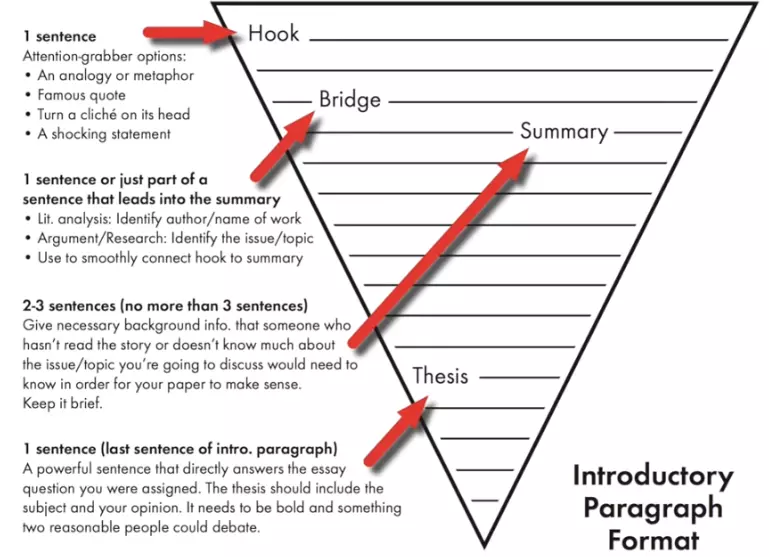
A conclusion paragraph is what wraps up your essay. You are showcasing your accomplishment to the reader on what you are set to do.
It is an indicator that you proved your thesis. Furthermore, it creates an impression to the audience concerning the topic closure.
Typically, a conclusion is the opposite of an introduction. For the case of introduction, you can start general and end specific. However, with conclusions, the author can be specific and move to general.
Let us see how one needs to approach this task.
1. Hook the Reader
The writer should spend quality time crafting the hook as it sets the tone for the entire essay. One can make a brief but catchy introduction to draw the attention of whoever is reading. It is not advisable to begin with dense and long sentences.
The hook should attract the reader’s attention by giving sense to the topic. A good example is using a creative quote. As determined in our guide that you can start an essay with a quote; you can place it at the very beginning of an essay or a paragraph.
2. Offer Tips
When writing an introduction paragraph essay, you should offer some background information for the reader to understand your topic. You should offer the outline of your argument and give definitions of significant terms in your essay.
3. Thesis
The introduction paragraphs are a perfect place for the writer to present the thesis statements. A correct thesis should have evidence and a proper explanation. Here, you should state your position concerning that particular argument.
4. Essay Structure
One should map the essay structure by ending the introduction. It should indicate what you will be discussing in the essay. You should offer your reader a sense of direction by keeping it concise.
5. Proofread and Revise
After writing your essay, the body, and the conclusion, it is now time to reread the introduction to establish if it agrees with the content.
Let the thesis statement represent what you said in the entire essay. Suppose you deviated from your argument; it is time to adjust it to align with what you needed to say.
Get a Brilliant Essay today!
Let our essay writing experts help you get that A in your next essay. Place your order today, and you will enjoy the benefits.
How to Start a Conclusion Paragraph in an Essay
A conclusion paragraph is a point where the writer summarizes what the paper is all about.
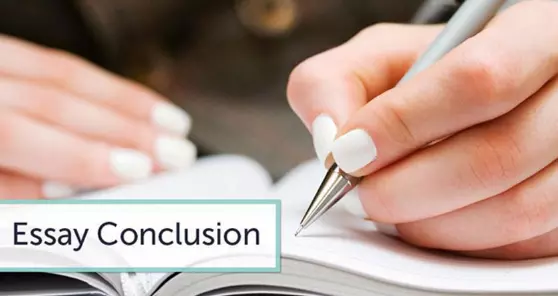
Before writing a conclusion paragraph, you must know the key points you should include.
You should revise your introduction and use it as your guide to achieve a better writing approach.
Suppose it is a longer paper; you should look at the content of each paragraph to understand what to pick and include in the conclusion.
In the same manner, you should create a scenario where you leave your readers with something for them to think about. Again, the writer can leave them with a challenge to do something after understanding the argument in the papers.
Contents of the Conclusion
The conclusion is a tidy package that wraps up your essay. Let the topic sentence summarize what you are captured in the thesis. Doing so will restore some sense to the reader that you accomplished what you wanted to put across.
You should not restate your thesis statement during the conclusion because it would be redundant. However, you can paraphrase the thesis statement to bring a deep understanding. A conclusion is not an opportunity to bring other new ideas.
You can use supporting sentences to affirm what you said in the essay body. The best approach is to summarize all topics in your essay by wrapping up the key points. Let the closing sentence make the reader feel the essay’s closure.
When writing a closing sentence, it is great to showcase the significance of an idea. You should propel the reader’s understanding to get a new perspective of the subject. Finally, you should end it with a positive note.
Outline of the Conclusion
- Begin with a topic sentence and rephrase the thesis statement
- Have supporting sentences to wrap up the key points of the main body.
- You should explain how the ideas relate to each other.
- Have a closing sentence by giving final words that connect to the conclusion. The final statement should provide a sense of closure.
Examples of Good Words to Start a Paragraph
- As a consequence
- By the same token
- Accordingly
- Correspondingly
- Evidently,
- For this reason
- In short
- Indeed

Josh Jasen or JJ as we fondly call him, is a senior academic editor at Grade Bees in charge of the writing department. When not managing complex essays and academic writing tasks, Josh is busy advising students on how to pass assignments. In his spare time, he loves playing football or walking with his dog around the park.


